This is one of the most surprising flagship shoots in recent memory for me.’s
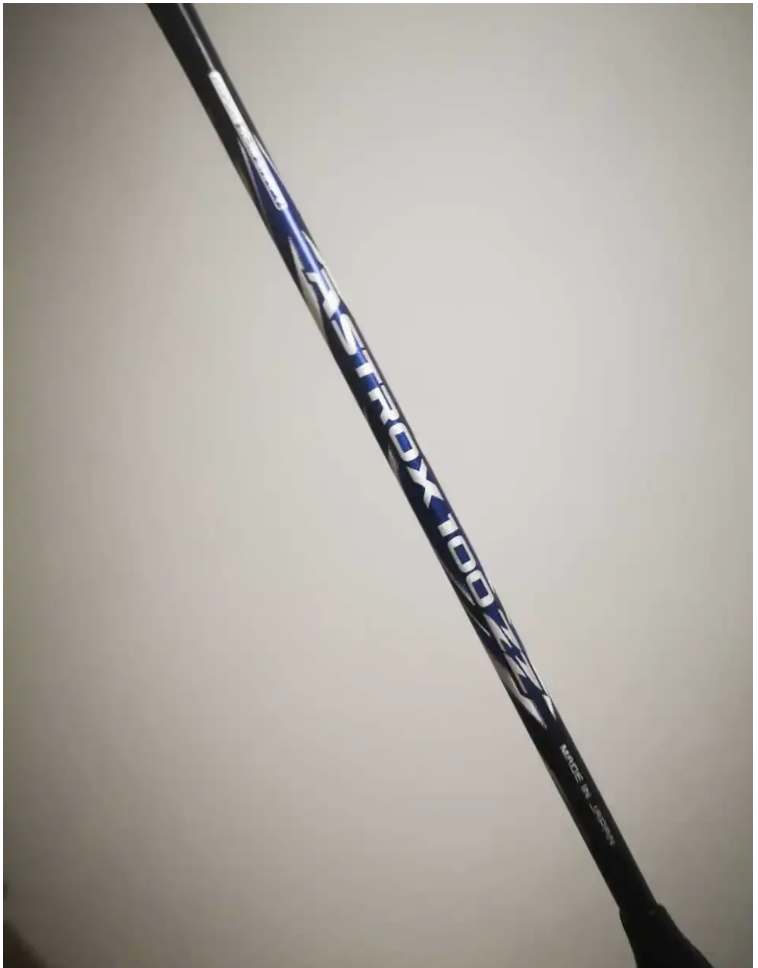
Parameter Interpretion
4UG5, with sole, total weight in used condition 93.9g, balance point 295mm, 6.2mm solid centre bar, tuned on the stiffer side, length 205mm, ergonomic fish mouth cone cover, full wire channel box frame, warranty 28lbs, pulling line 27-28lbs bg66u
This is an old colour as it’s a very familiar racket now, and there’s not much worth saying about the appearance. The usual asymmetrical finish of the Sky Axe series is mainly a dark blue primer with orange paint at 4 o’clock highlighting the model of the racket, and a large cloud-like texture at 9 o’clock as well. The colour is okay, but not too much of a wow factor.
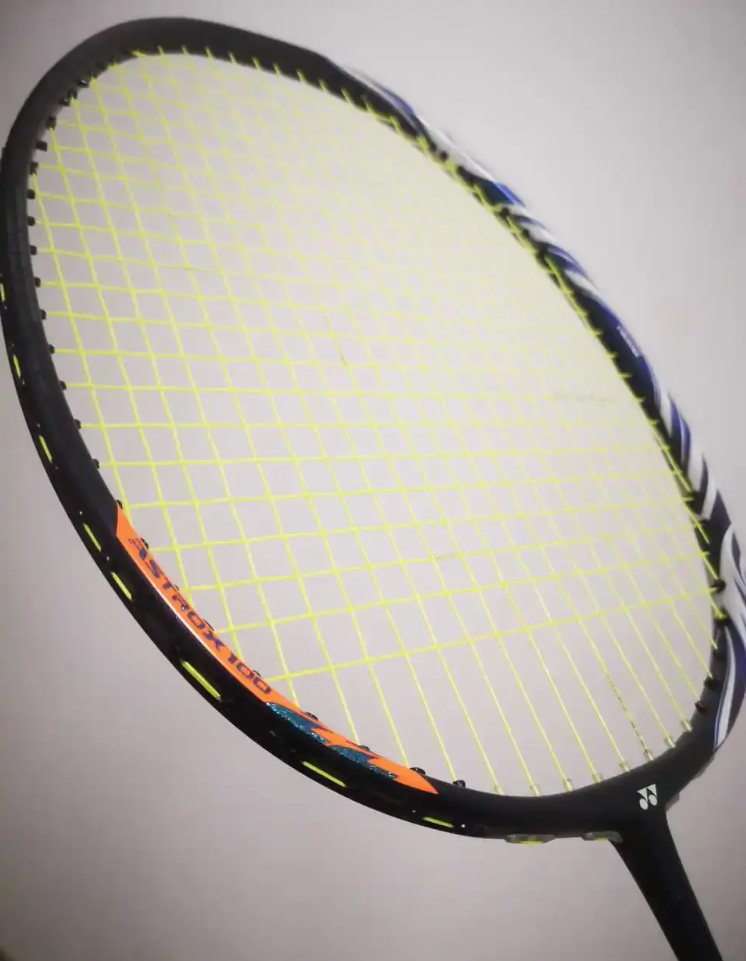
This racket is different from all the Axes I’ve used before, and even compared to the 88s this 100zz seems to be lighter and faster. Yes, I wouldn’t have thought to use the word “light” to describe a racket that has been used by many men’s singles players, despite the fact that the official review from CWF said that the swing speed of this racket is not fast enough. The reason why the racket gives me the feeling of lightness is that the balance point of the racket is not really high, according to me it belongs to the category of balanced racket, the head weight is a little bit but not too strong; secondly, the racket as a whole is very slim, both in the performance of the industry leading position of the 6.2mm ultra-thin middle shaft, and also has a narrower equipped with NAMD New Dimension Carbon rounded frame.
It’s worth saying that the 100zz frame looks different at first glance, and it feels like the line bed has been stretched, which according to the official review is that it has narrowed horizontally, which inevitably leads to a narrow distribution of the sweet spot.
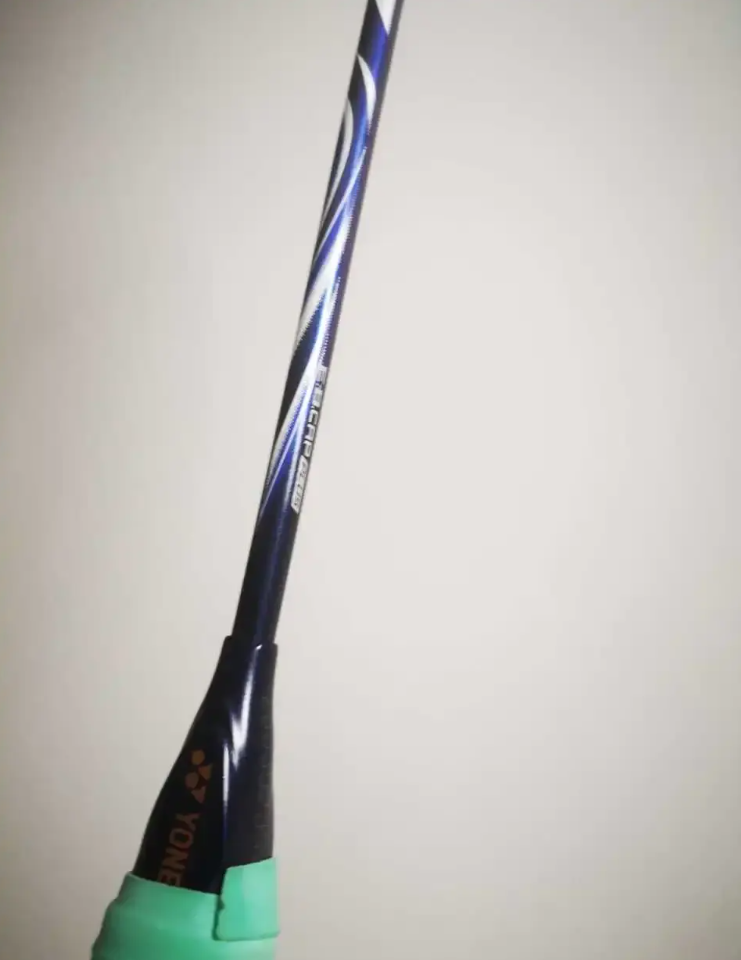
A few high shots down, I can feel that this is a hard tuning equipment, but compared to the dzs, which is also a 205mm long centre shot, the drive feels significantly higher, the ultra-fine centre shot has a full drive feel, and the area of the line bed is within the normal range, and the difficulty of adapting to the sweetspot isn’t as hard to adapt to as some of the players on the Middle Feather have claimed.
To be honest, although I can’t say that the transition from other rackets to it is seamless, it’s a lot less difficult to get used to than I thought it would be. 100zz’s ball feel is actually crunchy and poppy, and although the overall stiffness of the tuning makes it less obvious that it’s borrowing power, the elasticity of the mid-shaft is very bright, and the quality of the ball for the amateur player will not be low as long as he can hit the right sweet spot. For singles players, there is no doubt that you should choose the 3U version.
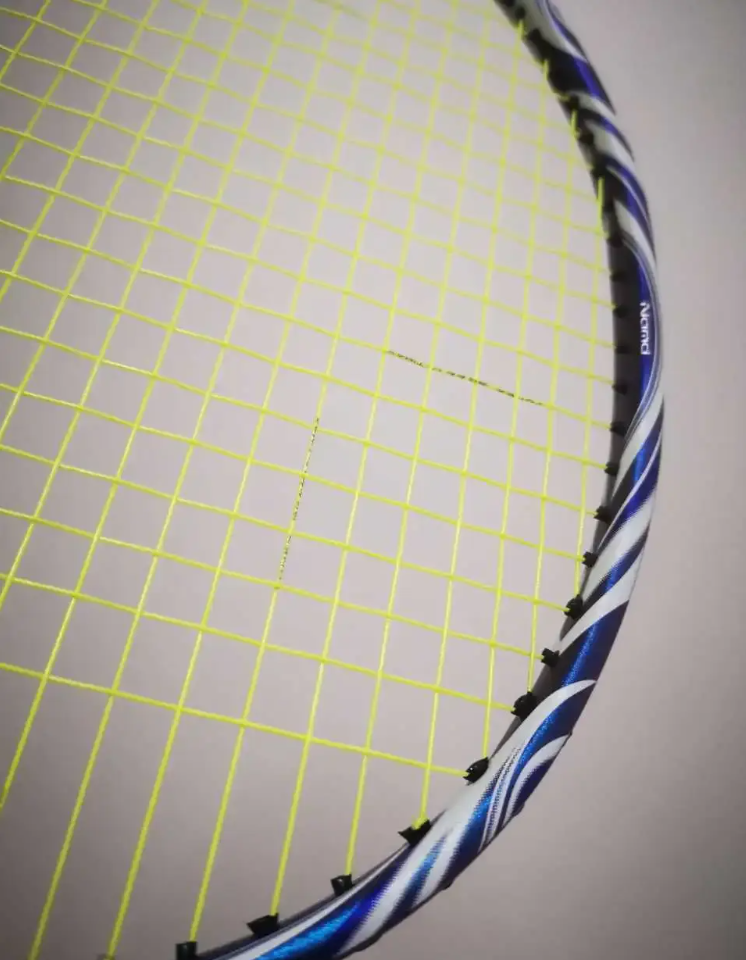
The racket gave me two delightful surprises, one of which was the 100zz flexibility. It’s not hard to find that there are actually a lot of pro doubles players using this equipment, and in my experience down the line, this was certainly the one Axe that performed the most satisfactorily for me in the first half of the middle game. Because it is 4U and does not have an exaggerated head weight, this makes me feel confident in facing flat draws, and the dry style of ball striking can be a fast-paced short game weapon with the lower wind resistance of the racket.
After using the 100ZZ, I was able to grab more high points at the net to make richer shots, and after adapting to the racket’s hooking, rolling, pushing and picking all have a very good sense of precision, which is rare for a racket that is generally considered to be very difficult to satisfy the twist resistance of a thin centre stick.
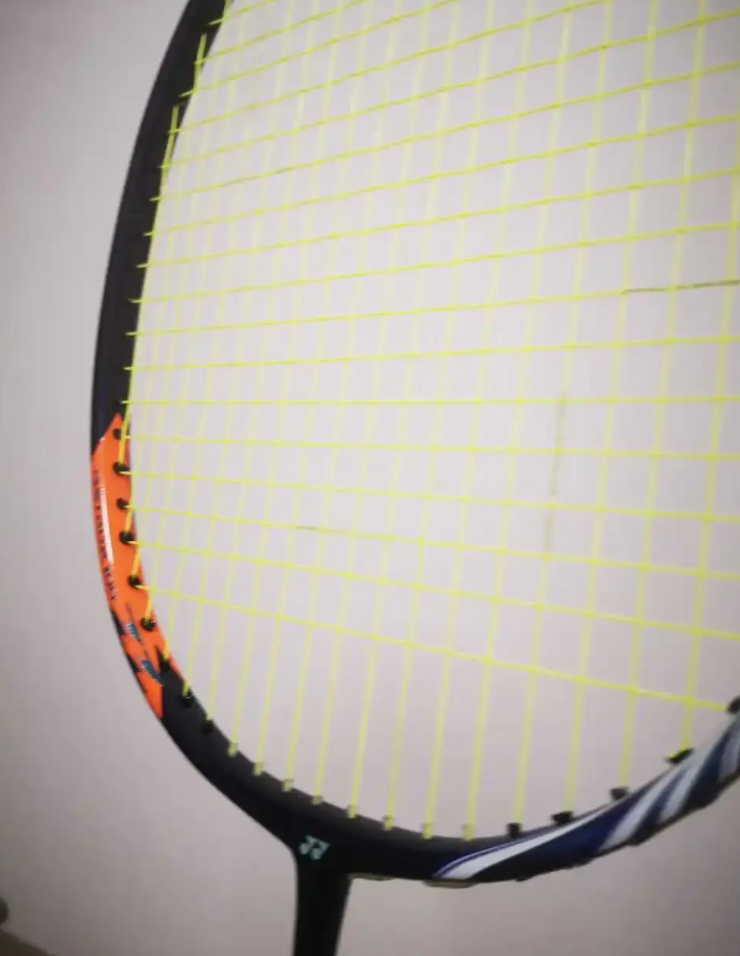
The other thing I was pleased with was the all around excellence of this centre pole. The midrange is made thin and bouncy, not a slow driver but explosive with a high ceiling. There’s no better way to experience its performance firsthand than when you get the chance to kill the ball on a downswing. Compared to its 88d or 99 counterparts, the 100zz doesn’t really have a powerful feel to it, but the feedback from the shot can be very unique while still being direct – you can feel the head of the ball as if it were a small stone on the string of a slingshot waiting to be fired, and it’s full of energy. If the user has a good explosive power, accompanied by a metallic sound effect, the ball can be killed with a lot of punch. Green seems to be focusing more on the performance of the mid-range in their tuning, and this tuning makes the 100zz very appealing. With the short time I had to try it out, I wasn’t even able to dig deeper into its upper limits.
Not only is it resilient, but the recovery speed and torsional resistance of the centre bar are at a fairly high level. Although the spring effect of a thin centre is generally more pronounced, the 100zz continued to perform well in the flats in a consistent manner, recovering very quickly from deformation. At the same time, its point kill performance is also very pleasant, combined with the lightness and speed of the characteristics of the doubles to have more catching putt blitz and mid-court blocking capital, and often landing accurate enough sharp.
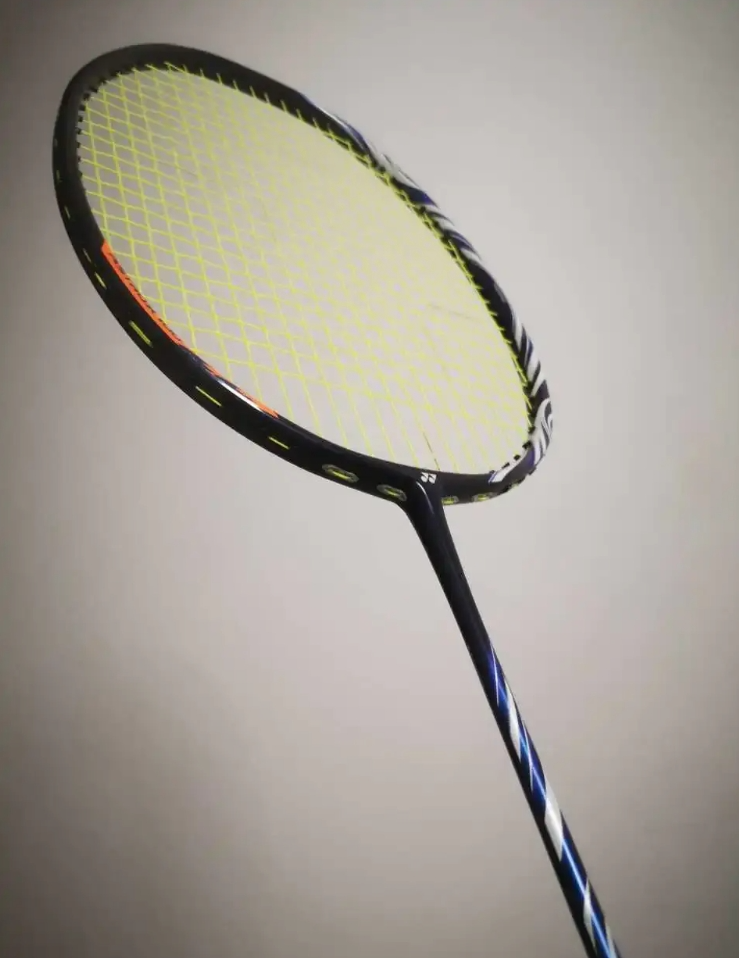
Indeed, it has an excellent hitting feeling that is unforgettable at first try ah, its performance is very excellent and can cope with a variety of scenarios, and has not been over-rated. Although the 100zz is not yet a good racket for novices, I believe that for players with a certain amount of experience in badminton, this is a racket that can be used until the exit circle.
The centre is particularly praiseworthy, but it’s not perfect, the thinner diameter requires more strength, and I think the few reports of broken centre and the scene where Axelsen took the winner’s point speak for themselves. The price should be high by now, but I think there will be a lot of players who will buy several 100zz’s at once to have a spare and to stabilise the feel, and it’s really worth having.

Leave a Reply